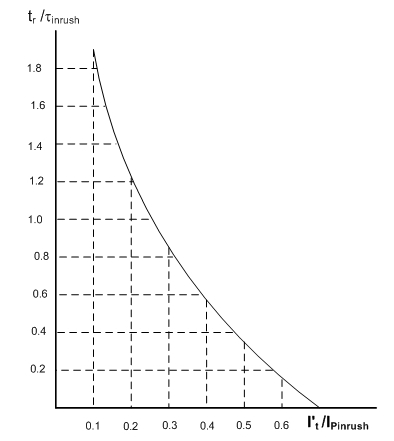Static Electricity
Static electricity refers to the build-up of electric charge on the surface of objects. The static charges remain on an object until they either bleed off to ground or are quickly neutralized by a discharge. Static electricity can be with current (or dynamic) electricity, which can be delivered through wires as a power source. Although charge exchange can happen whenever any two surfaces come into contact and separate, a static charge only remains when at least one of the surfaces has a high resistance to electrical flow (an electrical insulator). The effects of static electricity are familiar to most people because people can feel, hear, and even see the spark as the excess charge is neutralized when brought close to a large electrical conductor (for example, a path to ground), or a region with an excess charge of the opposite polarity (positive or negative). The familiar phenomenon of a static 'shock' is caused by the neutralization of charge.
How it Works:
All physical objects are made up of atoms. Inside an atom are protons, electrons and neutrons. The protons are positively charged, the electrons are negatively charged, and the neutrons are neutral.
Therefore, all things are made up of charges. Opposite charges attract each other (negative to positive). Like charges repel each other (positive to positive or negative to negative). Most of the time positive and negative charges are balanced in an object, which makes that object neutral.
Static electricity is the result of an imbalance between negative and positive charges in an object. These charges can build up on the surface of an object until they find a way to be released or discharged. One way to discharge them is through a circuit.
The rubbing of certain materials against one another can transfer negative charges, or electrons. For example, if you rub your shoe on the carpet, your body collects extra electrons. The electrons cling to your body until they can be released. As you reach and touch your furry friend, you get a shock. Don't worry, it is only the surplus electrons being released from you to your unsuspecting pet.
And what about that "hair raising" experience? As you remove your hat, electrons are transferred from hat to hair, creating that interesting hairdo! Remember, objects with the same charge repel each other. Because they have the same charge, your hair will stand on end. Your hairs are simply trying to get as far away from each other as possible!
When you rub a balloon against your clothes and it sticks to the wall, you are adding a surplus of electrons (negative charges) to the surface of the balloon. The wall is now more positively charged than the balloon. As the two come in contact, the balloon will stick because of the rule that opposites attract (positive to negative).
TRIBOELECTRIC SERIES
When we rub two different materials together, which becomes positively charged and which becomes negative? Scientists have ranked materials in order of their ability to hold or give up electrons. This ranking is called the triboelectric series. A list of some common materials is shown here. Under ideal conditions, if two materials are rubbed together, the one higher on the list should give up electrons and become positively charged. You can experiment with things on this list for yourself
TRIBOELECTRIC SERIES
your hand
glass
your hair
nylon
wool
fur
silk
paper
cotton
hard rubber
polyester
polyvinylchloride plastic
CONSERVATION OF CHARGE
When we charge something with static electricity, no electrons are made or destroyed. No new protons appear or disappear. Electrons are just moved from one place to another. The net, or total, electric charge stays the same. This is called the principle of conservation of charge.
Applications of static electricity
Static electricity is commonly used in xerography, air filters (particularly electrostatic precipitators), automotive paints, photocopiers, paint sprayers, theaters, flooring in operating theaters, powder testing, printers, static bonding and aircraft refueling. In Ayn Rand's Atlas Shrugged, a character, John Galt, creates a motor that converts ambient static electricity into readily usable power.



Comments
Post a Comment